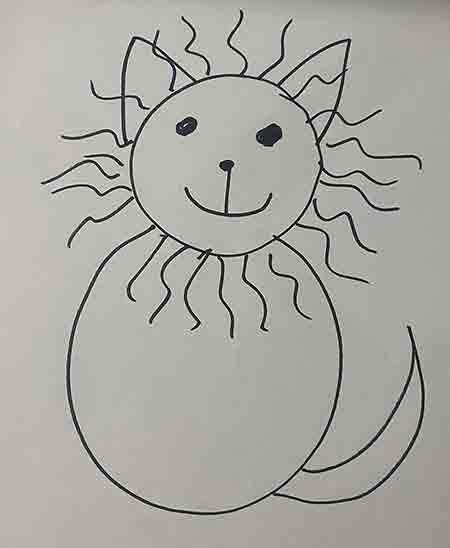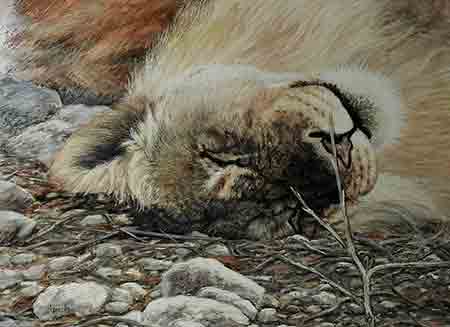Can I become a wildlife artist


Absolutely, you can learn to be a wildlife artist even if you can’t draw well initially. In fact it is easier to learn if you don’t have too many bad habbits. Becoming a proficient artist, especially in a specialised field like wildlife art, takes time, dedication, and practice. Here are some steps to help you get started:
Start with the Basics: Begin by learning the fundamental principles of drawing, such as shapes, lines, shading, and perspective. Wildart-teacher Wo-WoW learning to draw is a great start.
Study Wildlife: Familiarise yourself with the animals you want to draw. This involves observing their anatomy, behaviour, and habitat. Spend time in nature, visit zoos, and watch documentaries to develop your understanding of wildlife.
Learn from Others: Study the work of accomplished wildlife artists. Analyse their techniques, style, and use of colour. This can provide valuable insights into how to depict wildlife realistically.
Practice Regularly: Improvement comes with practice. Dedicate time to drawing or painting wildlife regularly. Use reference photos or sketches to help you understand animal anatomy and proportions.
Take Classes or Workshops: Consider joining weekly art classes or attend workshops focused on wildlife art. These can provide you with guidance, feedback, and a structured learning environment.
Experiment with Different Media: Try working with various art materials, such as pencils, coloured pencils, watercolours, or acrylics. Different mediums can produce different effects, so experimenting will help you find the one that suits your style.
Develop Your Style: While it’s essential to learn the basics, don’t be afraid to develop your unique style over time. Your personal style can set you apart as an artist and only develops with kilometre (or miles) on the paper.
Join Art Communities: Connect with other artists, Wildart-teacher has a wonderful Facebook page with friendly students chatting, helping and enjoying their art journey wherever they are from.
Attend Wildlife Workshops and Field Studies: Participate in workshops and field studies to gain firsthand experience with wildlife. This can provide you with opportunities to observe and draw animals in their natural environment.
Seek Constructive Feedback: Don’t be afraid to show your work to others and ask for constructive feedback. Constructive criticism can help you identify areas for improvement.
Be Patient and Persistent: Becoming a skilled wildlife artist takes time and perseverance. It’s important not to get discouraged by initial setbacks. Keep practicing and learning from your mistakes, the more mistakes you learn to fix, the better the artist you are becoming.
The most important thing is to enjoy the process and stay motivated. Over time, your skills will improve, and you’ll be able to create beautiful wildlife art that captures the essence of the animals you love.
